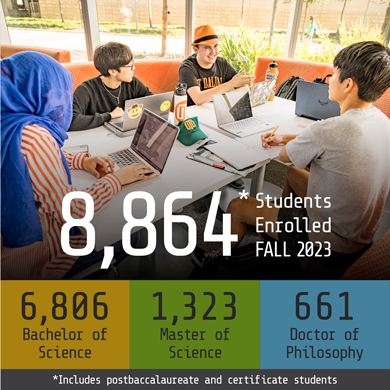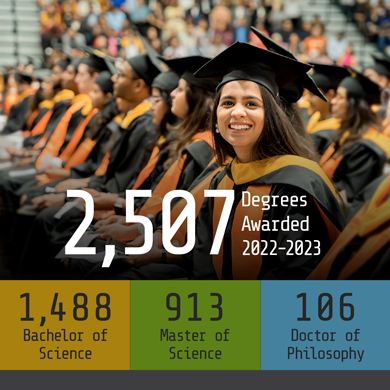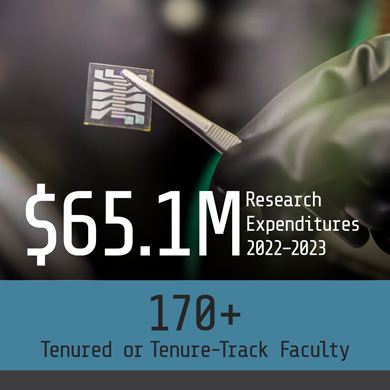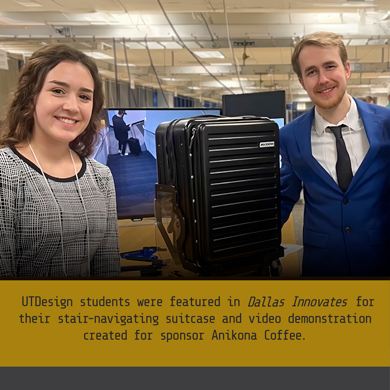
Facilities
State-of-the-art facilities are integral to meeting the Jonsson School mission of being a global leader in engineering and computer science education and research. In recent years, leaders have purchased and built multiple facilities to keep pace with school growth and meet societal needs.
Jonsson School facility resources now include one of the largest project design studios in the country, as well as a Makerspace area for creative pursuits. One of the most recent buildings is Engineering and Computer Science West (ECSW), which was dedicated in 2019. Building walls are made of glass – turning even elevator, piping and heating systems into educational opportunities. ECSW adds to the growing list of Jonsson School facilities that help attract and retain top faculty members and students interested in conducting high-impact research.
A sampling of facility resources by area is provided below. Visit departmental and program Web pages for specific capabilities, and the open access lab page for computer hours.
UTDesign Studio
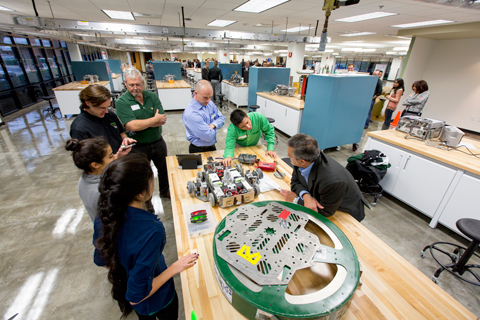
As a place where students and corporate partners create, innovate, design, build and learn, the UTDesign® Studio, located at the Synergy Park North Center, provides more than 30,000 square feet of dedicated space. The studio has room for 56 project stations, a computer lab, machine shop, Makerspace project area, seven conference rooms including a Cisco Telepresence room, five secured project lab rooms and a seminar room. Texas Instruments recently opened a 1,100-square-foot innovation lab in the studio.
Bioengineering
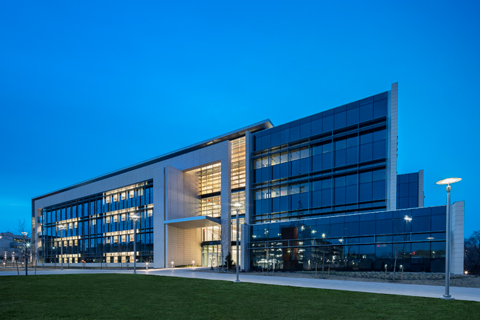
The $108 million, 220,000-square-foot Bioengineering and Sciences Building was dedicated in 2016 and became the largest academic building on campus. The four-story building connects to the Natural Science and Engineering Research Laboratory for easy access and interdisciplinary collaboration. The Texas Biomedical Device Center, a collaborative effort engaging researchers from biomedical engineering and other disciplines who work toward creating new biomedical technologies and therapies, is housed in BSB. Biomedical engineering research is also conducted in facilities at UT Southwestern Medical Center.
Computer Science

Specialized computer science labs for parallel processing, distributed systems, software engineering, high-performance computing, graphics, programming languages and systems, telecommunications, computer-aided design and graph visualization, image understanding and processing, artificial intelligence, data mining, natural language processing, speech processing and Web technologies are housed mostly in the South Engineering and Computer Science (ECSS) building. Motion capture and virtual reality labs are housed in the Edith O’Donnell Arts and Technology Building.
Electrical and Computer Engineering

Extensive facilities for research in microelectronics, telecommunications and computer science are provided in several building on campus. Capabilities include a state-of-the-art computational facility consisting of a network of Sun servers and Sun engineering workstations that is connected via an extensive fiber-optic Ethernet and has direct access to most major national and international networks through the Texas Higher Education Network. Electrical engineering facilities also include the Cleanroom Research Laboratory housed in the Natural Science and Engineering Research Laboratory. Local industries, through cooperative arrangements, also offer research space.
Mechanical Engineering

The Department of Mechanical Engineering is housed in the Engineering and Computer Science West building. The $110 million, 200,000-square-foot facility houses about 50 faculty members, their research labs and students. Meeting spaces of varying sizes are designed for promoting collaboration, active research and project-based experimentation. Other mechanical-engineering related facilities include a wind tunnel and the machine shop, which gives students the experience of building custom mechanical components or systems for class assignments, research and industry sponsors.
Materials Science and Engineering

The Department of Materials Science and Engineering is housed in the $85 million Natural Science and Engineering Laboratory (NSERL). Evidence of the philosophy that innovation can be fostered working across boundaries, NSERL houses an array of engineers, physicists, chemists and microbiologists and their graduate students. Equipment for the advanced work of materials scientists in the building include the Versaprobe II (Physical Electronics Inc., ) scanning X-ray photoelectron spectroscopy (XPS) microprobe, a Rigaku Ultima III X-ray Diffractometer (XRD) system, a Cascade Summit series probe station, a cryoelectronics laboratory, a ION TOF IV, a suite of tools from Mettler Toledo, a Dual Column Focused Ion Beam (FIB), a field emission Scanning Electron Microscope (SEM) and a cleanroom staffed primarily by former professionals from Texas Instruments.
Systems Engineering

Just as systems engineering is applicable across multiple industries, systems engineering research is conducted in various labs, centers and buildings throughout campus grounds. One of the main systems engineering facilities is the Laboratory for Dynamics and Control of Nanosystems (LDCN). LDCN’s multidisciplinary research team pursues a dynamic and active research program that maintains a solid systems and control focus on a variety of emerging applications in nanotechnology.


